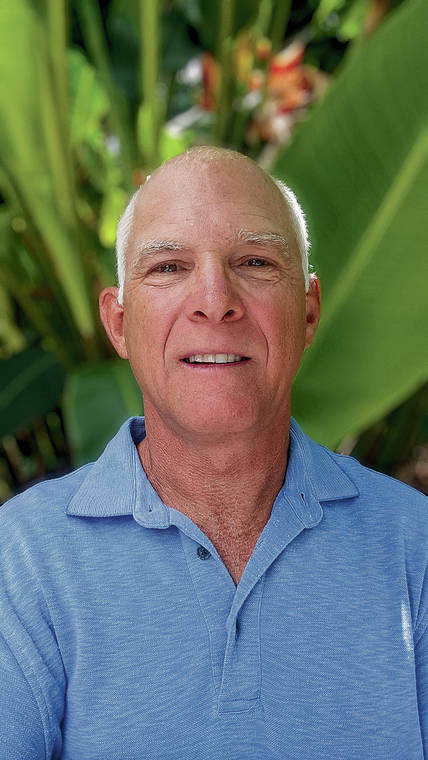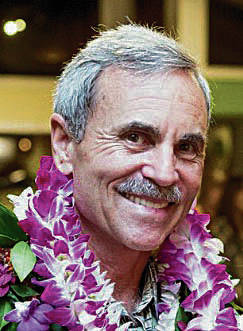Column: Clear skies for helicopters in Hawaii

Casey Riemer

Doug Froning

Calvin Dorn



Tomorrow, Aug. 19, we celebrate National Aviation Day, recognizing the many advantages flight has provided to society. From leisure travel to emergency rescue to military operations, the power of flight has changed the world since aviation pioneers first took to the skies.
In Hawaii, flight has helped connect the islands to each other and to the world. Helicopter tour operators, the majority of which are small locally run businesses, are a vital part of this history. Since the first U.S. production helicopter took flight in the 1930s to today’s single- and twin-engine tour helicopters, we have experienced numerous advancements in safety, efficiency and noise reduction.
Critical for search-and-rescue operations, utility projects, invasive species control, remote landings and military training (among many other uses), helicopters are often called into action during times of need. This includes fighting the recent large-scale wildfire on the Island of Hawaii, which utilized numerous public and private helicopters.
Helicopters are also a way of showing our islands to our residents and visitors in a way that leaves behind nearly zero footprint on our natural landmarks.
The helicopter industry is driven by safety. In the past several years (including the years prior to the COVID-19 pandemic), helicopter accidents have either remained flat or decreased in the U.S., according to the U.S. Helicopter Safety Team, which monitors civil helicopter operations.
The goal is always zero accidents —achieved through ongoing advancements by helicopter manufacturers and continued vigilance for training and safety standards by operators. Hawaii helicopter operators have earned some of the highest safety certifications available, such as the International Standard for Business Aircraft Operations (IS-BAO™) registration, as well as accreditations from the Helicopter Association International (HAI) Program of Safety.
Don't miss out on what's happening!
Stay in touch with breaking news, as it happens, conveniently in your email inbox. It's FREE!
Far from unsubstantiated and often-repeated claims of “no oversight,” Hawaii has the most stringent regulations on helicopter operators in the U.S. We work frequently with federal agencies, such as the National Transportation Safety Board (NTSB), the Federal Aviation Administration (FAA), state and local regulators and community groups.
Operators are also sensitive to potential disturbances from flights. We carefully plan and vary flight paths, fly at altitudes of 1,500 feet or more above ground level over populated areas (unless directed by air traffic control), conduct noise measurements, and invest in noise-reduction aircraft technologies. Military, law enforcement, utility and other public safety helicopter flights are not subject to these regulations, and are often confused for tour or privately owned helicopters.
During the past year, we were pleased to see the deferment of harmful state legislation, such as Senate Bill 17, which would have prohibited any aircraft noise at any occupied property, as well as additional regulatory measures. The bills considered in the Legislature (including House Bill 434) would have caused the state airports system to fall out of compliance with federal requirements and risk losing millions of dollars in federal grants needed for the upkeep of Hawaii’s airports.
We will continue to work with legislators and other leaders statewide to ensure the continuation of safe, enjoyable and critically important helicopter operations.
Casey Riemer, Doug Froning and Calvin Dorn are officers of the Hawaii Helicopter Association, whose members participate in air tours, charters and utility flights in Hawaii.



